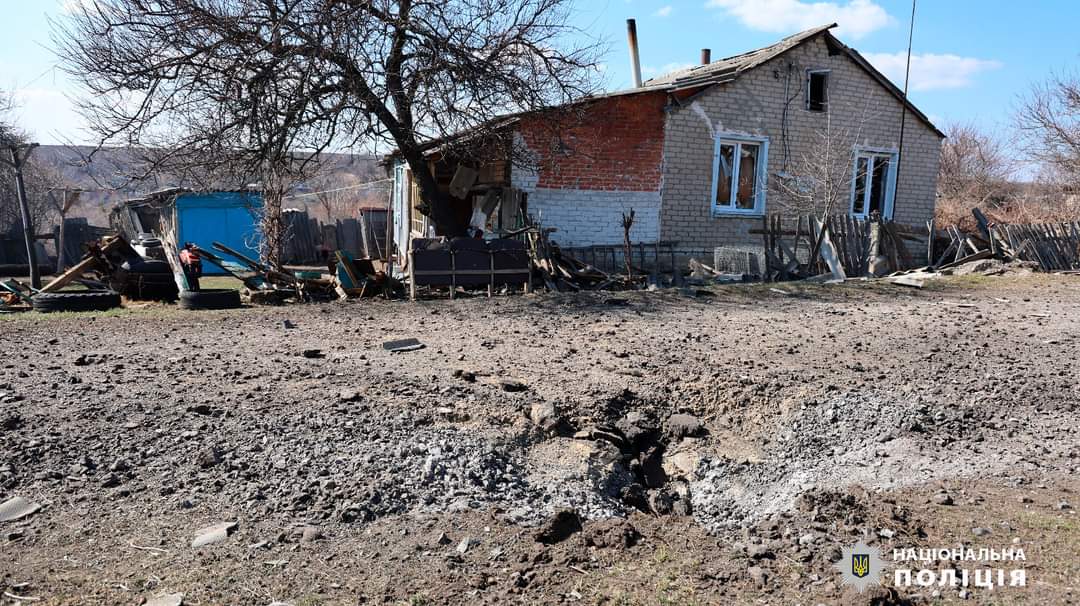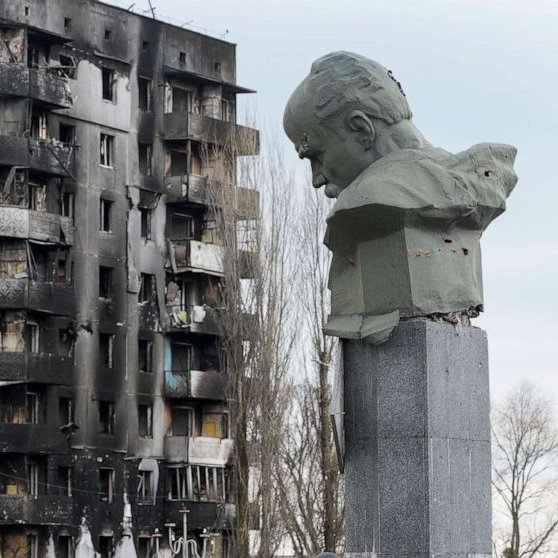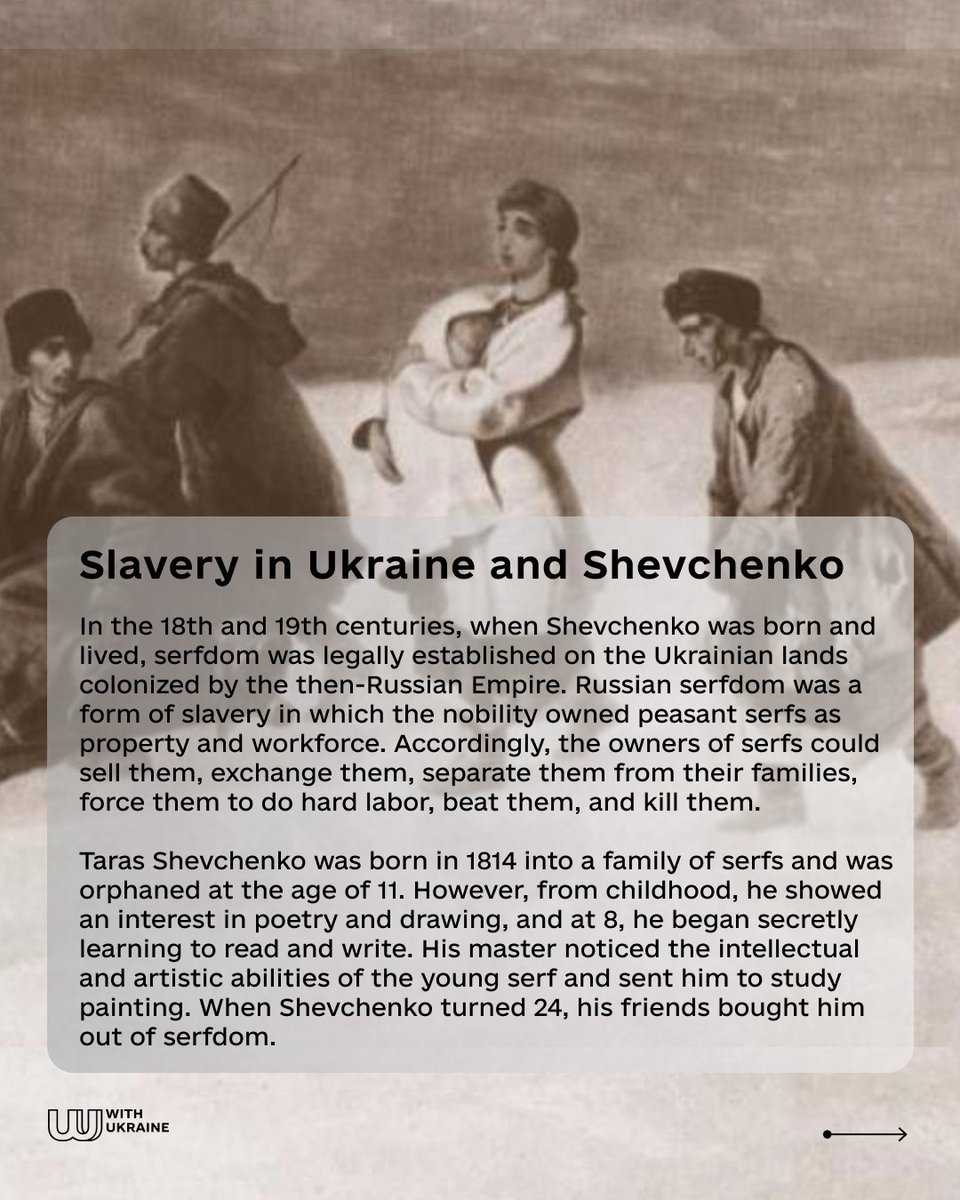At the end of February 2014, during the Revolution of Dignity in Ukraine, armed Russian troops appeared in Crimea and quickly seized the peninsula. Read here how it happened and why this day, March 18, is marked as the day of annexation.🧵 

On February 20, 2014, Russia launched a pre-planned military aggression against Ukraine
This began with the occupation of Crimea when unmarked vehicles and armed soldiers appeared on the peninsula.
📷: Soldiers with no insignia in Crimea, March 5, 2014. Source: Reuters
2/
This began with the occupation of Crimea when unmarked vehicles and armed soldiers appeared on the peninsula.
📷: Soldiers with no insignia in Crimea, March 5, 2014. Source: Reuters
2/

Immediately, Russian special services and military officers began creating paramilitary units. In the meantime, in February 2014, pro-Russian rallies were organized in Crimea. On Feb 24, Russian armored personnel carriers completely blocked the entrances to Sevastopol.
3/
3/

On Feb 26, two rallies happened in Simferopol: a pro-Ukrainian rally to prevent the Parliament from adopting separatist decisions (organized by the Mejlis of the Crimean Tatar people, the Euromaidan Crimea and others, gathered up to ∼10k people) and a pro-Russian one of ∼1k.
4/
4/

On Feb 26, 2014, more Russian troops arrived in Crimea, which, in particular, intervened pro-Ukrainian gatherings.
In Simferopol, clashes erupted between pro-Ukrainian and pro-Russian rally participants. Two people died.
📹: Clashes in Simferopol. People chanting "Ukraine"
5/
In Simferopol, clashes erupted between pro-Ukrainian and pro-Russian rally participants. Two people died.
📹: Clashes in Simferopol. People chanting "Ukraine"
5/
On the night of Feb 26-27, 2014, the reconnaissance and sabotage group of Russian airborne special forces, who arrived from Sevastopol in unbadged uniforms, seized the buildings of the Parliament and the Council of Ministers of the Autonomous Republic of Crimea in Simferopol
6/
6/

After seizing the buildings of the governing bodies, the invaders took over administrative facilities across Crimea. Russian troops, with the support of local collaborators, captured local government buildings, blocked Ukrainian military units, airports, and major highways
7/
7/

On Mar 1, 2014, Putin signed a decree on the deployment of Russian troops to Ukraine, allegedly to "eliminate threats to the lives of citizens of the Russian Federation" in Ukraine. At first, Russia denied the presence of its military in Crimea, calling it a local self-defense
8/
8/

On Mar 16, 2014, Russian forces organized an illegal referendum and then claimed 96.77% voted in favor of Crimea's accession to Russia. This sham referendum violated the Ukrainian Constitution, numerous international acts and was held in the absence of international observers.
9/
9/
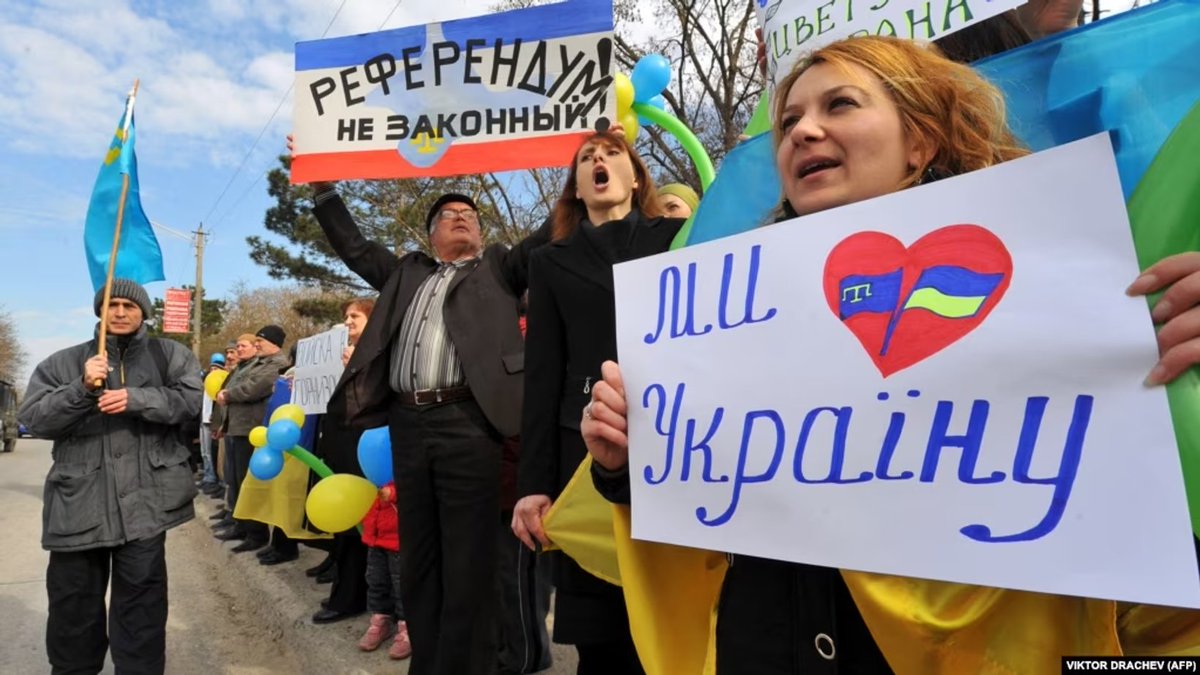
On Mar 18, in Moscow, Russian President Putin and the illegally elected "Chairman of the Council of Ministers of the Republic of Crimea," Sergei Aksyonov, signed the "Treaty on the Accession of the Republic of Crimea to Russia.”
10/
10/

On Mar 27, 2014, the UN General Assembly officially supported the territorial integrity of Ukraine, emphasizing that Crimea is an integral part of Ukraine. Neither Ukraine nor other democratic states and reputable international organizations recognise the illegal annexation.
11/
11/

On Mar 1, 2014, Russian warships, led by the Black Sea Fleet flagship Moskva, blocked Sevastopol Bay. The Russian Black Sea Fleet commander issued an ultimatum to the Ukrainian military: surrender or the assault on Ukrainian armed forces units throughout Crimea would begin.
12/
12/

Russian warships deployed ∼10k troops and equipment to Crimea, seizing Ukrainian military bases. On Mar 25, the Russians took over the last army unit flying the Ukrainian flag in Crimea, the Cherkasy naval ship. Since then, Crimea has been considered fully occupied by Russia
13/
13/

Since the annexation of Crimea in 2014, about 48,000 people have been forced to leave occupied Crimea. Through political persecution and repression, Russia is actively driving out all those resisting the occupation. About 500k Russian citizens have moved to Crimea since 2014.
14/
14/

At least 136 Crimean Tatars are held as political prisoners, 22 activists were abducted or disappeared, at least 18 have been tortured. According to various reports, Crimean Tatars in Crimea receive 50-90% of call-ups from occupation authorities to participate in the war.
15/
15/

For nine years of occupation, Russians created a springboard in Crimea for a full-scale invasion of Ukraine
During the occupation, Russia tripled the number of military personnel on the peninsula from 12,500 to 40,000.
16/
During the occupation, Russia tripled the number of military personnel on the peninsula from 12,500 to 40,000.
16/
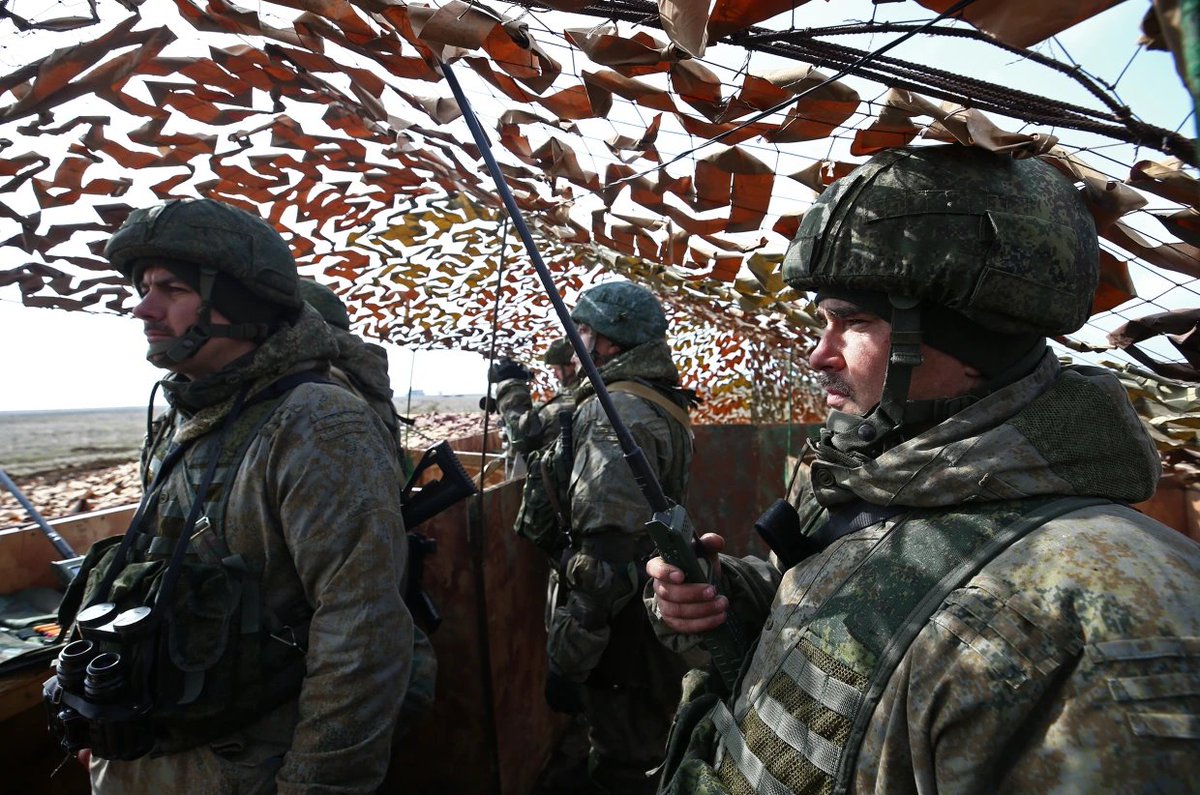
To connect Crimea to Russia, the Russians built the Kerch Bridge. It became the main route to deploy Russian troops to Crimea and thus the platform for the offensive against Ukraine, leading to the rapid occupation of parts of Kherson, Zaporizhzhia, and Donetsk oblasts.
17/
17/
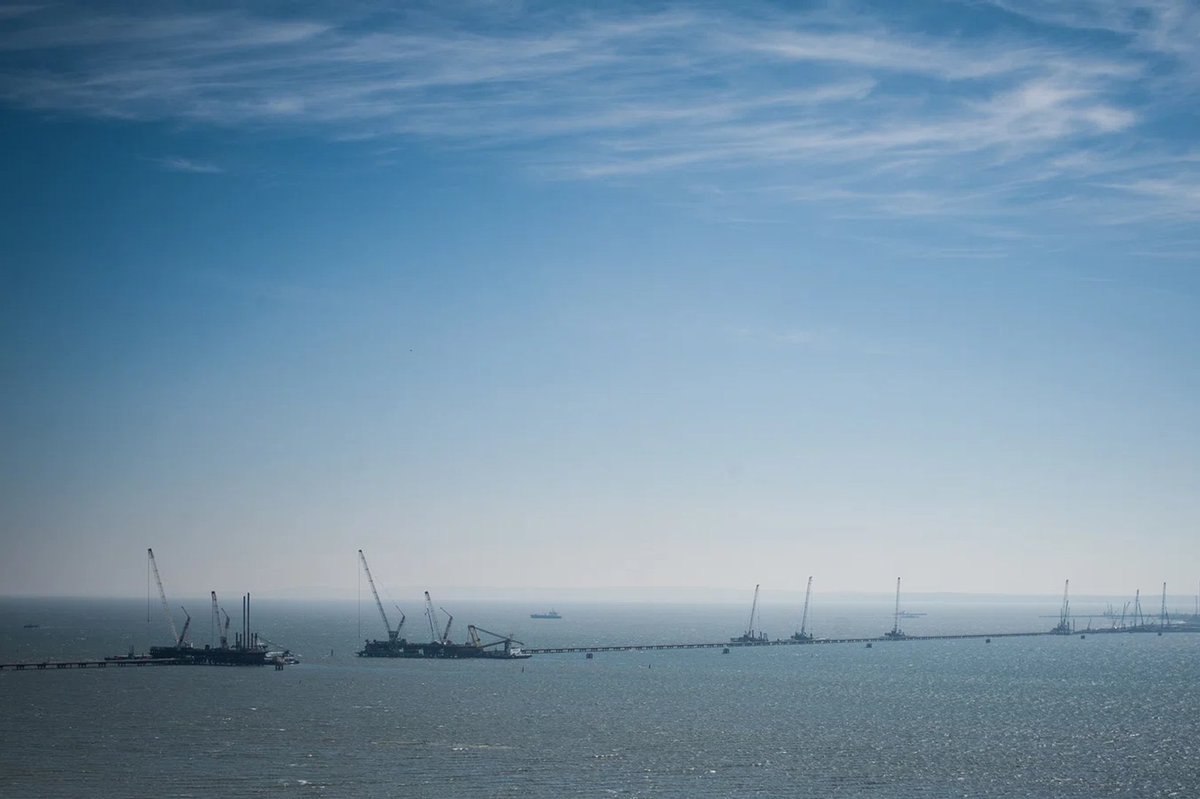
📍 Please, remember, Crimea is Ukraine, and it belongs to Crimean Tatars!
• • •
Missing some Tweet in this thread? You can try to
force a refresh



